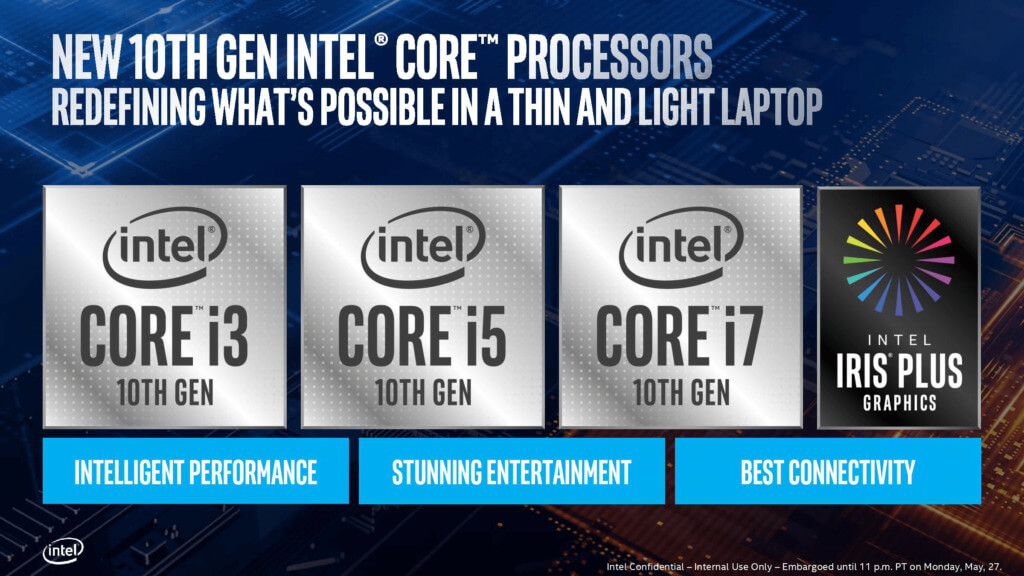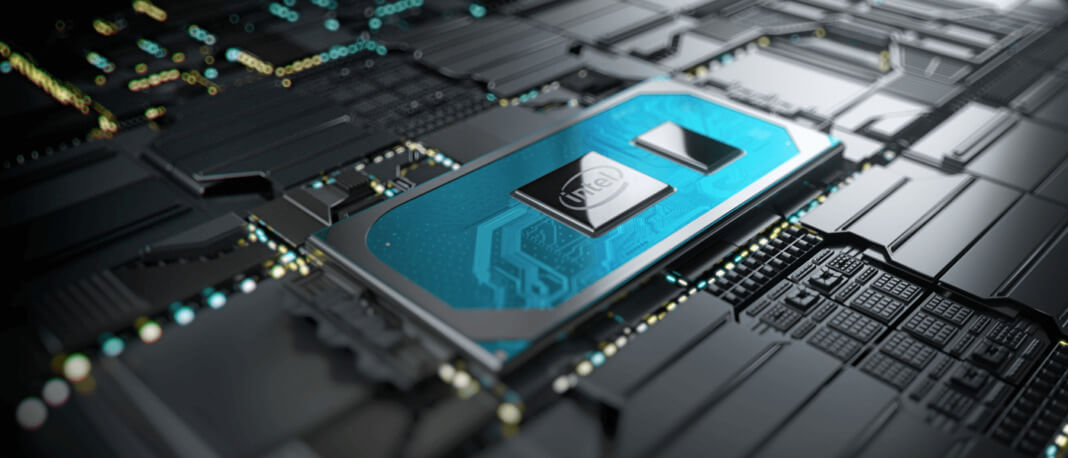- Intel announced its second round of 10th-generation mobile processors, this group being code-named Comet Lake.
- Unlike Ice Lake, the company’s first 10nm processors, these new Comet Lake chips have a more traditional architecture, still based on the 14nm process Intel has been refining for many years.
- While these are still U-series and Y-series chips, Intel has a trick up its sleeve: Six-cores chips in 15-watt laptops.
- The U-series cards are Intel’s most common mobile processors, scaled-down, low-power processors with a limited, 15-watt TDP (or can be configured up to 25 watts by manufacturers).
- Unlike with Ice Lake which focuses on graphics capability, Comet Lake processors use a more traditional nomenclature.
- The U or Y designation is tagged on the end, clearly splitting the two series apart from one another.
- The Y-series is Intel’s ultra, ultra-low power line, featuring the lowest TDP of any of its Core processors. In the past, these have been limited to just two cores, appearing in fanless laptops like the MacBook Air or HP Spectre Folio.
- They’re a bit more of a rare bird, but with this 10th-gen update adds some much-needed power to these highly efficient parts.
- A big push behind Ice Lake was its new integrated graphics, now known as Iris Plus. These upgraded graphics are limited to the higher-end chips, but they do should provide a meaningful boost in graphics.
- Intel promises decent 1080p gaming on medium settings, comparable to an MX250 discrete GPU.
- But across all these Comet Lake chips, it’s the same bad, discrete graphics you’re used to.






